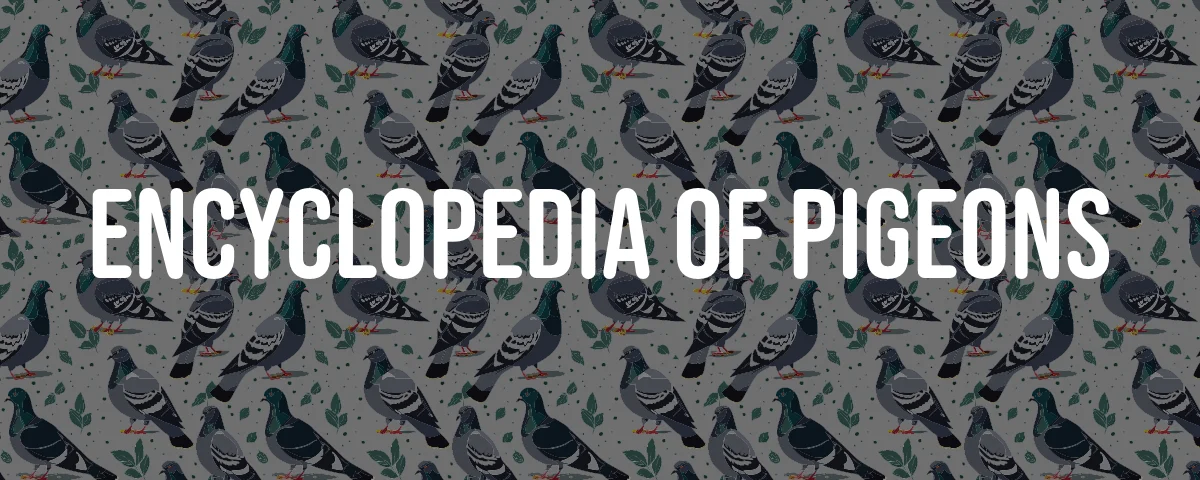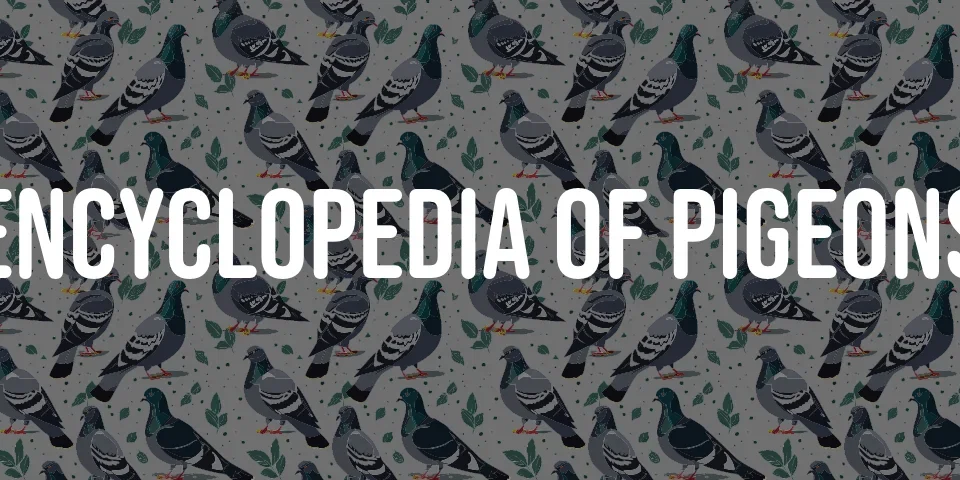Pigeons, with their diverse breeds and fascinating behaviors, have been companions to humans for thousands of years. Among the myriad of pigeon breeds, the Moulter stands out for its unique characteristics and behaviors, particularly during its molting process. This entry delves into the world of the Moulter pigeon, providing a comprehensive overview of its features, behaviors, and significance.
The Moulter pigeon, not a breed per se but a term often associated with pigeons during their molting phase, represents an essential aspect of pigeon care and biology. Molting, the process of feather renewal, is a natural part of a pigeon’s life cycle, affecting its appearance, health, and behavior. Understanding the molting process is crucial for pigeon breeders and enthusiasts to ensure the well-being of their birds.
Key Data
| Characteristic | Description |
|---|---|
| Common Name | Moulter Pigeon |
| Scientific Name | Columba livia domestica |
| Molting Period | August to November |
| Diet During Molting | High in protein |
| Significance | Feather renewal, health indicator |
Molting Process
Overview
Molting in pigeons, including the Moulter, is a cyclical process where old feathers are shed to make way for new growth. This process is crucial for maintaining the health and flight capabilities of the pigeon. Molting typically occurs annually, with the most intense period happening from late summer to early autumn.
Stages of Molting
The molting process can be divided into several stages, starting with the loss of primary feathers, followed by secondary and tertiary feathers. The sequence ensures that the pigeon retains its ability to fly and regulate its body temperature throughout the process.
Dietary Needs
During molting, the nutritional requirements of pigeons increase significantly. A diet rich in proteins and amino acids is essential for the growth of new feathers. Foods such as legumes, seeds, and specially formulated pigeon feeds are recommended to support the molting process.
Behavioral Changes
Reduced Activity
Pigeons undergoing molting may exhibit reduced activity levels. The energy demands of growing new feathers, coupled with the temporary loss of insulation and flight efficiency, can lead to more time spent resting and less time flying.
Increased Preening
Molting pigeons often engage in increased preening behavior. Preening helps remove old feathers, stimulates the growth of new ones, and ensures that new feathers are correctly aligned.
Health and Molting
Indicator of Health
The molting process can serve as an indicator of a pigeon’s health. Abnormal molting patterns, such as incomplete molting or the loss of feathers outside the typical molting season, may signal nutritional deficiencies or health issues.
Care During Molting
Extra care is required during the molting period to ensure pigeons remain healthy. This includes maintaining a clean and stress-free environment, providing adequate nutrition, and monitoring for any signs of illness.
Interesting Facts
- Historical Significance: The molting process has been studied for centuries, with observations contributing to our understanding of avian biology and genetics.
- Darwin’s Interest: Charles Darwin, in his studies on natural selection, noted the variation in pigeon breeds, including differences in molting patterns, as evidence of selective breeding.
- Cultural Impact: In some cultures, the appearance of molting pigeons, especially those with unique or striking feather patterns post-molt, is considered a symbol of renewal and change.






